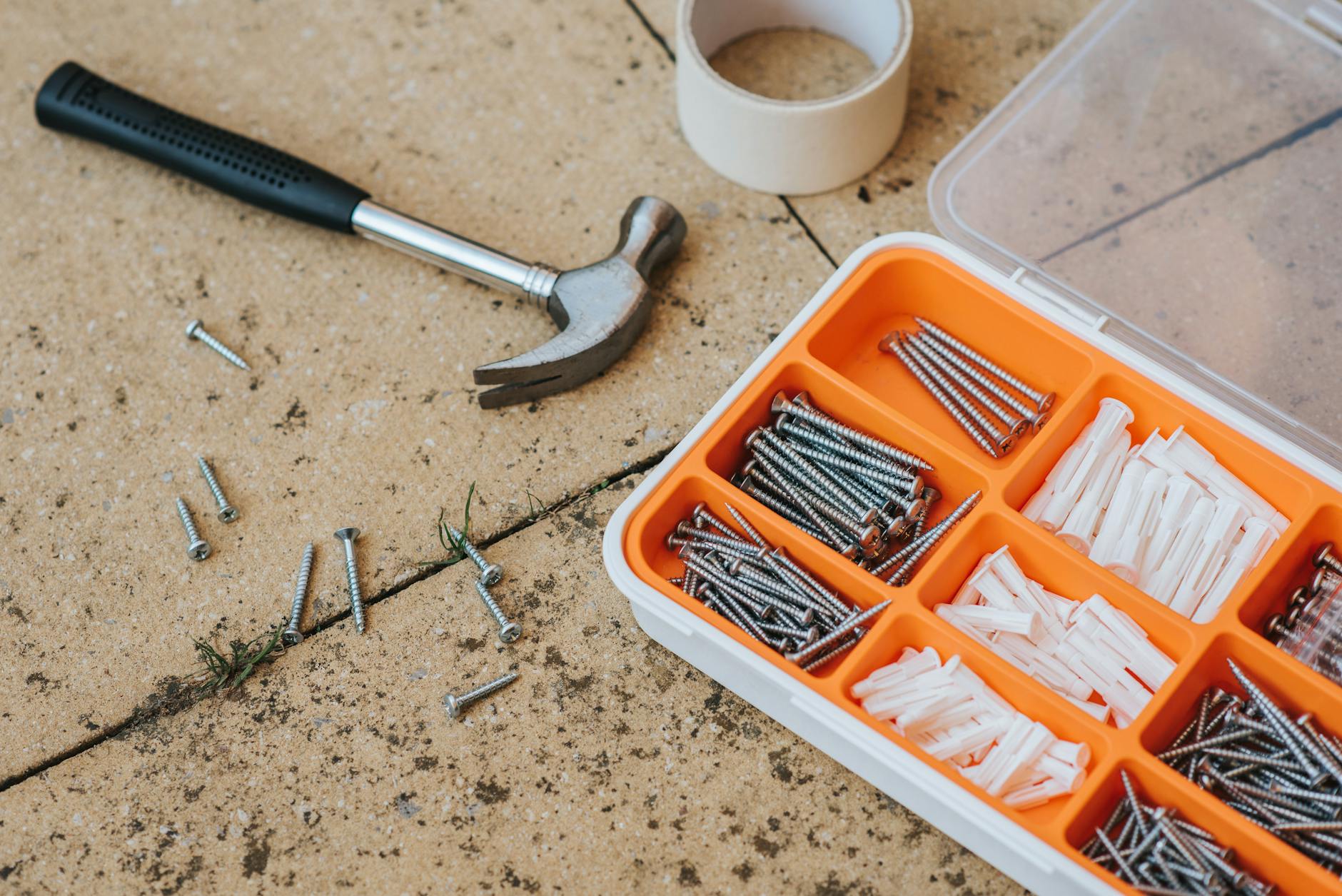So a good buddy is installing a new system and has some great questions. There is nothing like a new install to remind me of the FAQs…
First of all the base installation is a Unifi Dream Machine Pro and a Unifi FlexHD AP plus a Unifi G4 Doorbell. So a nice setup. The Unifi line is a little confusing but there is the UAP AC < UAP HD < UAP Wifi6. So each family has a huge set of versions each with different characteristic. But in general Lite means lower bandwidth but cheap and good for homes, LR is Long range so bigger antennas for larger areas like outdoors. Finally going by a variety of different names are high density small ones that are good for say rooms where you have high density and want small cells packed together.
The harder part is the wiring. You can order a Cat6A spool that is a DYIers dream to install and be ready for 10G to switch or maybe more realistically for backhaul for Wi-Fi 6 which can support over 3Gbps. Probably overkill for a house but what the heck. Future proofing.
Now the Frequently Asked Questions…
How do you figure out your power budget? How’s do you figure the PoE load on the switch or do I not worry? You definitely have to think about it. Well this is a confusing questions because I’m reality there is POE, POE+ and POE++ devices. The easiest way to understand the is that there is a port maximum for each at 15W, 30W and And then you have to add it all up because every switch has a maximum power like 250W up to a monstrous 750W. And you can figure this out with a POE calculator.
As an example with 8 PoE ports but can it power all the APs (3) and cameras (5) maximum? Ok this is pretty easily answered by looking at each device and seeing what power it needs and you can use the huge Unifi chart so some examples of the now older 802.11ac wave 2 now called wifi 5. These allow MU-MIMO so you can multiple streams to multiple clients with out sharing backwidth.
- Cameras. Most cameras are POE like the G3 or G4 but the bigger G4 Pro needs more power and is POE+
- The big access points like the AC HD need POE+ but most normal ones only need POE.
Net net with the load you are talking about the main limit is the ports but total power supplied to them all. The Unifi POE 16 does have eight POE+ ports but total maximum use is 60W while the Unifi POE 16 Lite has 40W total. So net net if you fill all eight ports and it need 5W you are at the Lite limit. I would probably spend the extra $100 on the regular POE to have a little headroom as running out of power leads to all kinds of hard to diagnose problems.
Next question is Should I use the new UniFI 6 Lite AP? Or stick to HD APs? What about the BeaconHD wifi Mesh? This is a Great question because we are in a model transition that is rapid we are moving to wifi6 and the wifi6e. Net, net you are in a good time in the transition and given the pricing is identical I’d say going to wifi 6 can’t hurt. And then there is the question about using mesh or not. To review the beta choices now.
To answer the first question. For most normal homes without gigantic concrete, steel or brick blocking radio signals, mesh is the way to handle things. That’s because wiring is very expensive to retrofit and with slow Internet speeds in the US, the wireless backhaul penalty is minimal. What happens is that for each hop, you use half your 5ghz bandwidth to get to a remote node. But if you are operating at 400Mbps and your internet is 60Mbps then you have lots of excess bandwidth.
The main thing to try to do is to have a star configuration. That is try to have a few hops as possible. Because each hop reduces bandwidth to the far nodes by half. Sometimes that can’t be helped but ideally every mesh point connects directed to a wired AP. So yes if you don’t have the wiring the MeshHD is good of uou. But note that with Unifi *all* access points can be so normally you only is the MeshHD outdoors in a patio because it’s mall and waterproof.
So given that what should you use indoors. Here are the choices. The big one is whether to use the WIFi 5 family called AP HD or move to the new wifi6 access points. Theoretically wifi6 should be 50% faster than wifi5 but in practice it is about 20% In a typical home that won’t make much difference.
Just a side note that the bug change will come in a few years when wifi6e phones and laptops show up. These will use new 6GHz spectrum and that will be very, very fast but then you will need to upgrade your Ethernet too to 2.5G or 5G and of course it doesn’t matter if Comcast caps you and gives you 1Gbps. Net, net given the pricing is nearly the same I’d say move to wifi 6 now. Why not? here’s a review of Choices. The main thing to think about is how powerful an antenna you need. You can it to cover but not interfere with others. So sometimes a smaller number of lower power makes sense. In most homes as few big ones is better. Less to manage and there is not a lot of density of devices like in an office.
- Unifi 6 Lite. At $99 these are nearly ideal for homes. They are 2×2 MU-MIMO but with Wifi6 each stream is 750mbps (vs 433 for Wifi 5 802.11ac Wave 2). So that’s plenty. The antennas are ok so as long as the distances to clients isn’t great these are fine.
- Unifi 6 LR. These are great if you want to cover a backyard or a long run. They have big antennas and 4×4 MU-MIMO. As an aside they say they can do 3Gbps but remember this is half duplex so they can just about saturate a 1Gbps Ethernet in the real world. You can see why wifi6e is going to need better Ethernet.
- Unifi AP HD. These are big expensive at $350 access points that need POE+ or 802.11at. It’s the star of the line with 4×4 MU-MIMO and a very wide pattern. I use this and it’s overkill in a house but has incredible range. Theoretically it can handle 433mbps per 80MHz. So that means that one client could take all four channels and get to 1.7Gbps but remember this is half duplex unlike Ethernet specs which a full duplex or double the bandwidth. With MU-MIMO up to 4 clients can share this. In the obd system SU-MIMO the AP only talks with one client per time slice. So MU-MIMO is Great at with lots of devices like a hundred. In other worlds huge overkill for a typical home.
- Unifi AP nanoHD these are small and only need POE or 802.11af but has the same specs as it’s big brother but smaller antennas and less range but it is 4×4 MU-MIMO. So nice if you have a small house. Or have Concrete walls when you have a boomer
What should I do if i actually have to run wiring? Help electricians are expensive!
Well the first thing is try to avoid running wires. You have some good options:
- See the above section on mesh networking but it’s going to be really great if you can mesh everything. The Unifi setup makes it easy. It will auto detect the need to mesh and set it all up for you.
- If you an older home then cable is probably running through out the house. The new MOCA 2.5 works really well. I was able to get 1Gbps out of it and it’s rated up to 2.5Gbps shared across all the adapters. You basically just put a magic box next to each cable outlet and then an AP connect to that Ethernet. You lose POE and each MOCA costs $40 but they work really well.
- You can also try powerline networking. This is theoretically 1Gbps but that only works if the power doesn’t go through a panel. So this can be a great solution to bucket Brigade from one plug to another that’s on the same circuit. if you are going through a panel then you get more like 10Mbps so pretty useless.
- Finally if you have to cable up make sure that you cable that can support 2.5G or 5G or even 10G Ethernet. Then when the time comes you just have to change the access points and switches. The short point is that if you install cat 6a you can run 10G Ethernet up to 100Mbps away! Even with the older cat 5/6e you can oftentimes get 2.5GBASE-T or 5Gbase-T.
How do you add your spouse to see the cameras? What if you are low tech but wants to remote access the cameras.
Well, the software is great and terrible at the same time like most products and documents docs do not match the apps. Well here’s the advice:
- You do not want to give any noob access to the Unifi Dream machine or controllers. You can really have trouble.
- Fortunately Unifi has split the monitoring app into a separate mobile app called Unifi protect. This is perfect if you just want camera access.
- Give your low tech partner, a login to unifi but only download that Unifi protect app. Then they can see the video and even answer the doorbell but they can mess with the network.
I love the ease of adding and mix and matching but it is hard not being an electrician. I tried getting some on Island but they are all over booked and making ridiculous rates due to CVD19!!!
c





